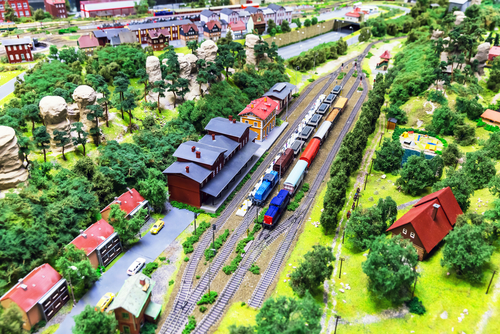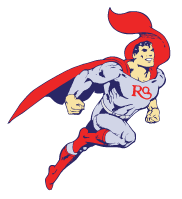Have you developed your concept and theme? Great, you are now ready to consider different model railroad track plans. We will share the methods of building basic building blocks and other schematics that can be used in forming a basic track plan.
- Building Blocks for Track Planning
Track plans are of two types:
- Point to point/ simple switching layout
- Continuous running / loop-to-loop
Mainly, continuous running track plans are used because they can be combined, twisted, duplicated upon each other, or starched out in various ways to make a distinctive running track plan, none of which look alike.
- Model Railroad Track Planning
After gaining the basic knowledge about the various building blocks for track planning, you are good to start brainstorming about how you want your basic running track plan layout to look and function.
Here are a few steps to do the planning:
- Draw some ideas
Grab your pencil and paper and start drawing some basic ideas based on the concept of your railroad. You can also make a detailed plan on the report before starting the building process. However, you can still make changes in the plan as you get into physically laying the track because sometimes things that look amazing on the paper won’t fit in the available space. Be realistic with your drawing. Sometimes simpler is better.
- Consider Polarity
One of the most important things to consider while drawing your track plan is polarity. If your train is looping back to itself in your track plan design, then you will have to have rail gaps somewhere on the track to prevent an electric short. Be careful because some of these loops are not easy to spot.
- Use the track plan software and tools.
There are various powerful software programs and tools available to help you in this process of drafting your layout on paper. They will make your plan look more detailed, professional, and presentable. Some great programs allow you to run virtual trains on the tracks to demonstrate their actual operation on the physical rail track.
- Consider grades and clearances.
If you want to ensure that you have proper clearance for the tunnels and bridges and enough space between curving parallel tracks, you must take grades and clearances into consideration.
- Take your time with planning.
Try to spend a bit of time on your model railroad track plans. Imagine how your trains will travel, how they will operate, how many trains do you want to have running at the same time without the chances of crashes etc. If you have decided on the structures you will be using, you can include them in your plan and see how your trains will interact with the buildings as well.
We hope this post will guide you in your model train railroad track planning. You will be able to develop a railroad track plan that is realistic and fun to operate.


